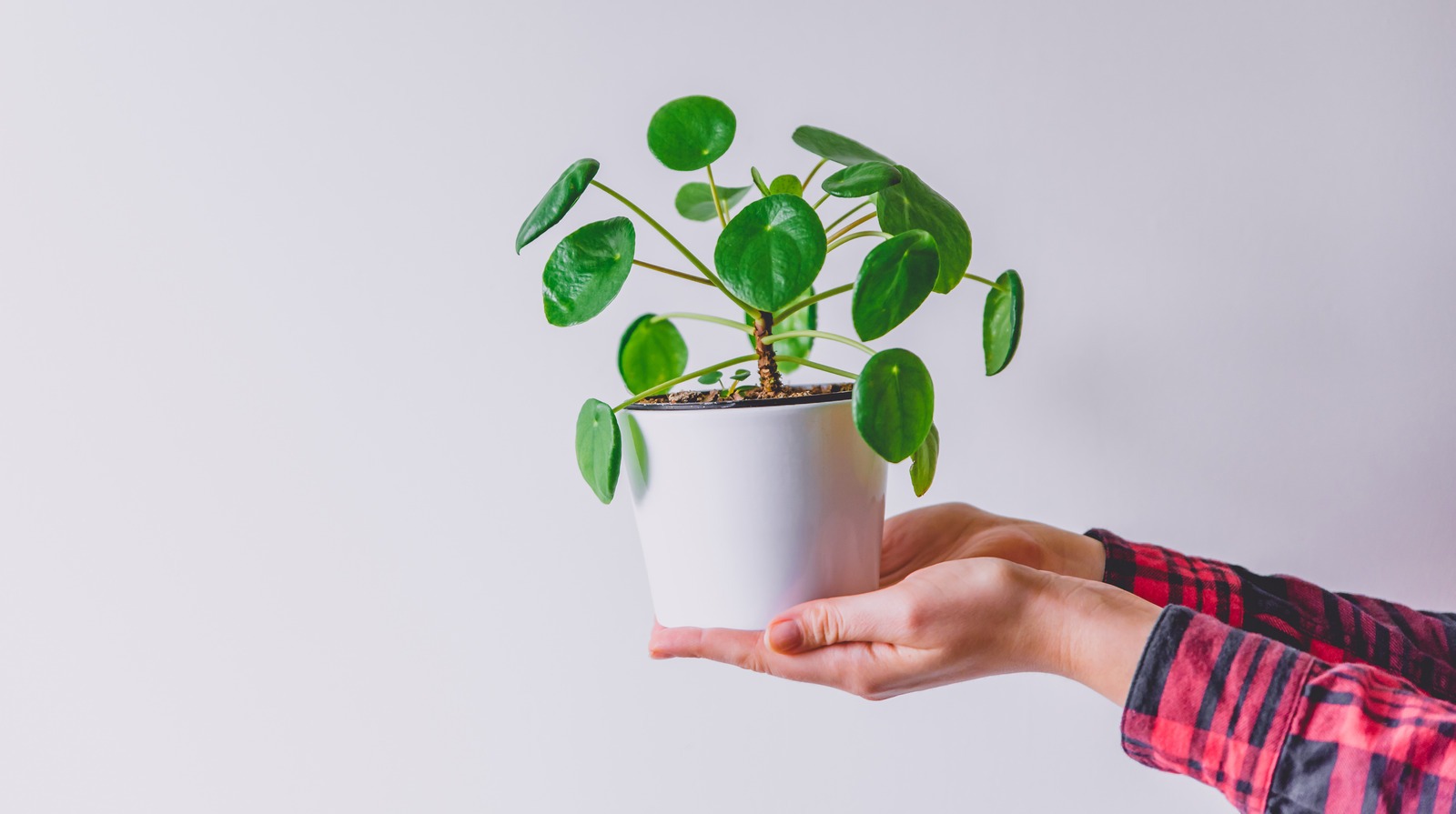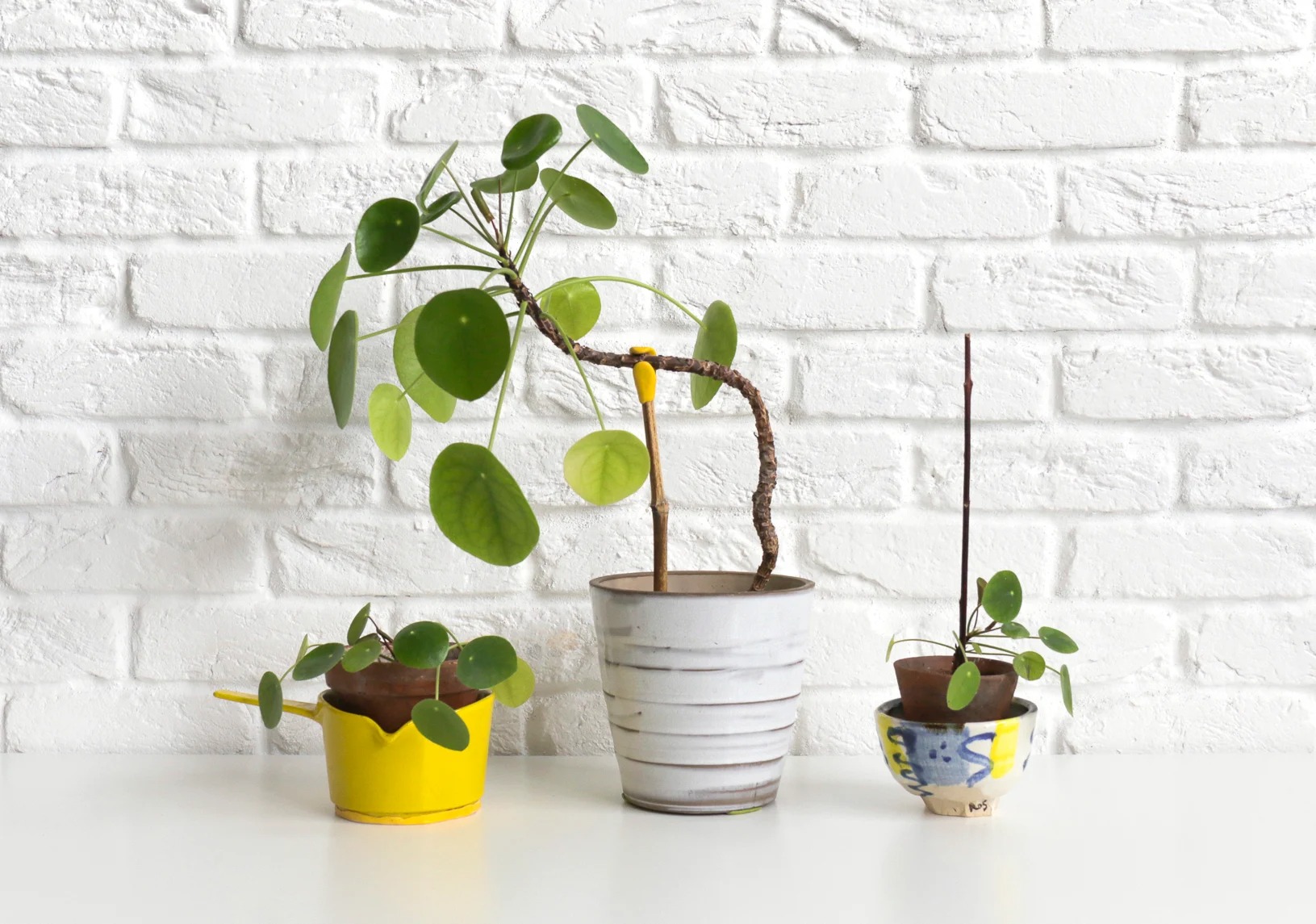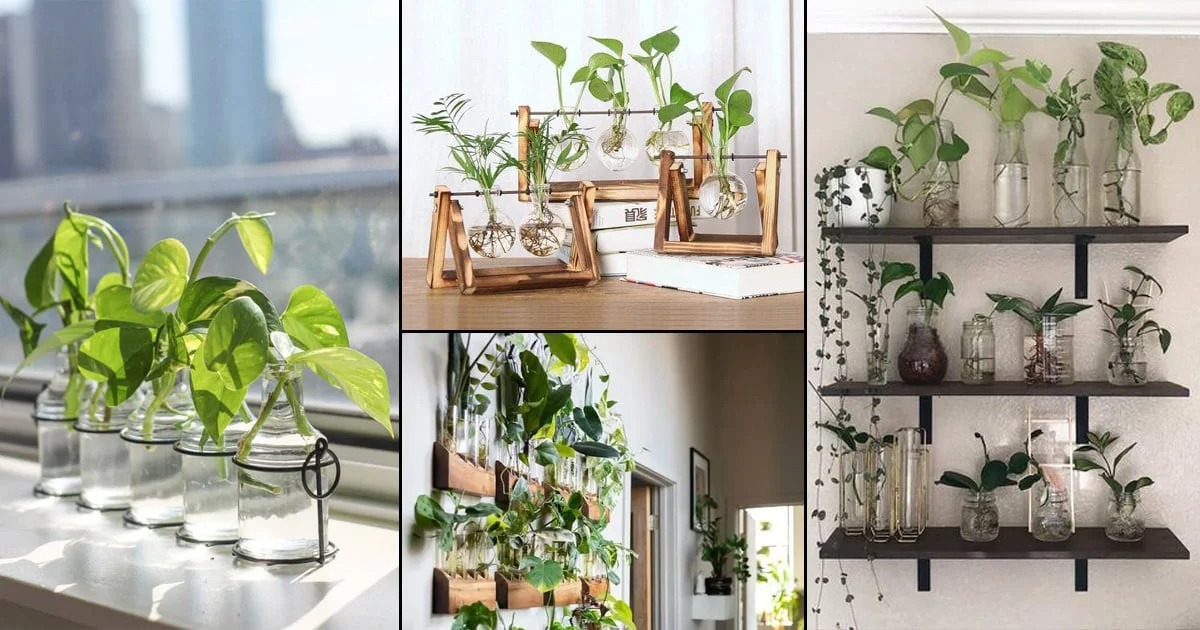No plant (with the exception of Monstera deliciosa) benefits from more camera time than Pilea peperomioides. This strange plant has taken the plant world by storm. I myself saw this plant on social media. I didn’t know what it was, but I knew I wanted it! This is what the plant does to plant lovers, I think – their reputation is too irresistible, they feel that their plant collection will not be complete without it. In addition, it is very rare and difficult to find (at least in North America). However, I think my European plant lovers (especially in the Netherlands) don’t seem to have a problem finding one.
History of Pilea peperomioides

Pilea peperomioides is also known as Chinese money plant, pancake plant, UFO plant or mission plant. It belongs to the Uricaceae plant family and is native to Yunnan province in China. P. peperomioides is a perennial evergreen succulent plant and can reach almost 12 inches in height and width in about 5-10 years. It is erect with green shield-shaped leaves that are up to 4 inches Diameter1.
A Scottish botanist named George Forrest was the first to collect P. peperomioides in the early 1900s in the Yunnan province, in southwestern China. It was rediscovered by Agnar Espergren, a Norwegian missionary who brought cuttings from Yunnan province to Norway in 19462. From there, it spread throughout Scandinavia, known only to amateur gardeners, without being known to botanists. It was officially identified in the 1980s and published in Kew Magazine in 1984. What a fascinating origin story. Thanks to Espergren, we can all (in person or on social media) enjoy the beauty of this plant.
Plant care

Light: p. peperomioides likes bright indirect sunlight. My plants are about 2 feet from a south-facing window and out of direct sunlight. The leaves grow in the direction of the light source, so it is important to rotate the plant once to achieve a beautiful uniform growth and shape.
Water: P. peperomioides has somewhat thick juicy leaves and therefore does not tolerate being kept in constantly moist soil (just like most succulents). Plant in well-drained sandy soil and water only when the top third of the soil is dry (as with most indoor plants). I water my plants in the summer about once a week. I usually touch the leaves to feel if they are hard/thick or soft/thin – this gives me an idea if they are ready to water.
Temperature:

It can withstand temperatures up to 10 degrees Celsius. So if you are lucky enough to be in a tropical Area, you can even plant them outdoors all year round.
Propagation: this is made easy for you by the mother plant. She would often grow baby plants on her trunk or in the ground. You can separate the baby from the mother plant if it is large enough (about 3 inches) by connecting the mother and the baby (toddler? teenager? lol) with a sharp knife. The baby plant will already have roots, so plant it in another pot and voila! You have two plants! You can also separate the baby from the mother’s stem with a sharp knife. Place the baby plant in fresh soil or in water until the roots form. Have you ever fallen in love with this plant? That’s what I thought! Then head over to my Etsy store where I’m selling a few of my seedlings and grab one before they’re all gone (limited quantity)!


